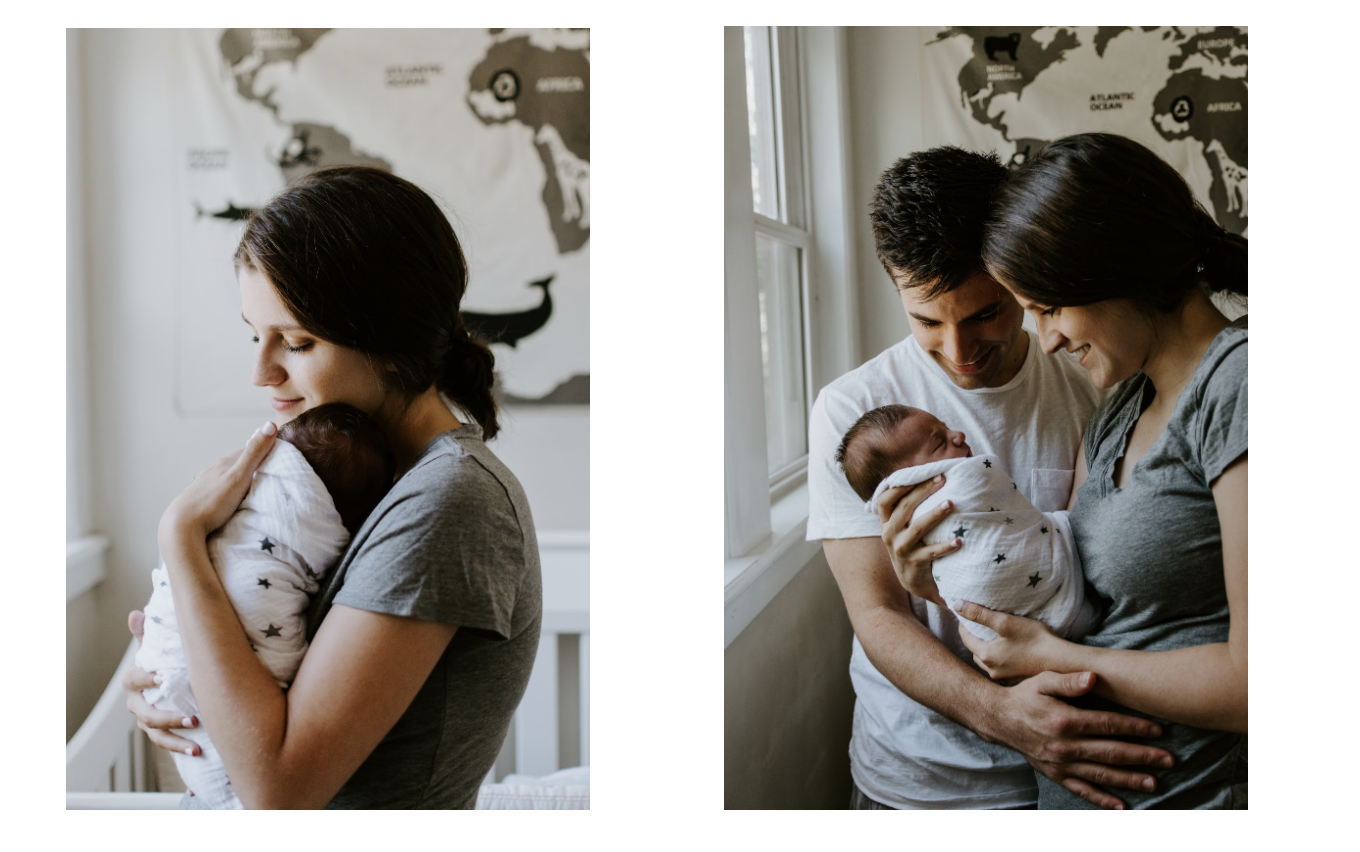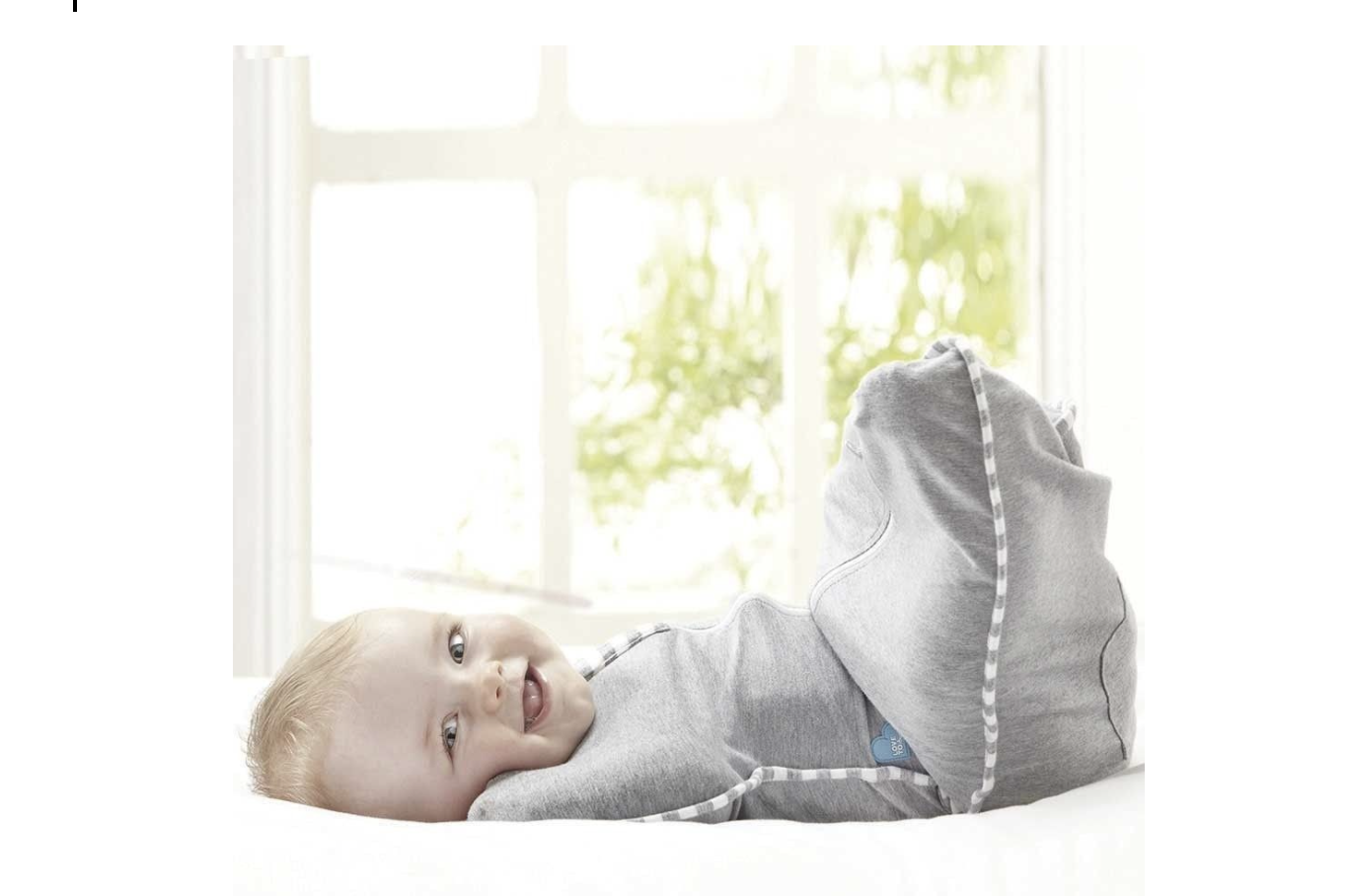How To Swaddle A Baby: Everything You Need To Know
Swaddling A Baby: Is It A Good Idea?
Parents have swaddled their children for decades. Centuries, even. It is a technique that has lasted generations. It is something to comfort the child and ease the stress put on new parents. But what exactly is swaddling?
‘Swaddling’ is the term given to a particular method of comforting a child when they’re very young. To swaddle a child, you wrap them securely in a light blanket so their entire body, except for the head, is wrapped up. You may have seen images of a small child enclosed in a light cover. A little bit like a big burrito!
Whilst this method of cradling a child is age-old, it has been seen as controversial and potentially dangerous for a number of years now. But there are two sides to every situation, and this one is no different. There are genuine plus sides to swaddling your child, but there is also an element of caution to be had. Throughout this piece, we want to educate and inform you on the best way to swaddle your child and also when it might not be such a good idea.
An Introduction To Swaddling

There are different schools of thoughts around swaddling. Few professionals doubt the benefits of swaddling. Wrapping a child securely and tightly in a light blanket gives them a secure and comforting feeling. This feeling is meant to replicate being in the mother’s womb. Many doctors recommend this to calm a baby who is either in distress or has a severe case of colic.
The flip side of that opinion is much different. Many doctors and studies have found that in some babies, and leaving them swaddled in certain positions, it can lead to physical harm or even sudden infant death syndrome (SIDS). There’s clearly a fine line to be drawn between these two trains of thought and the decision lies with you as to whether you feel comfortable swaddling your child after birth.
Swaddling is done by using a blanket - or a swaddle Grobag like the one here – to wrap your child firmly and securely. This gentle warmth is supposed to replicate the feeling of coziness and comfort children are used to during the pregnancy. Some babies have trouble adapting to sleep and comfort after birth, and this method helps with that transition.
Why Would You Swaddle A Child?
An increasing number of parents are seeing the first few months of a baby’s life as the fourth trimester – a transition period from the womb to the new world. They use this period as a chance to help their child adjust to their new surroundings by imitating certain environments from the womb. Whilst not a trend based on science, it is an interesting idea with a sound basis.
There are a number of positive reasons for swaddling a child. Newly born babies are prone to separation anxiety when moving away from their parents or guardians. Wrapping the swaddle blanket around the baby imitates the touch and feel of being close to the parent. This, in turn, helps them self-soothe (and become comfortable being away from the parent).
It is also thought that swaddling can help your baby avoid unnecessary wakeups caused by their startle reflex. Because the baby’s arms and legs are inside the wrapped blanket, their limbs will not flail, and they can not wake and startle themselves this way. This can be a serious benefit when trying to get your child to sleep for longer periods of time.
How To Swaddle A Baby
Once you know how, swaddling a baby is easy. Below we’ll talk you through the simple steps to swaddling a baby.
- Lay the square swaddle blanket on the ground in a diamond shape. Fold the top corner 8cm down on itself.
- Lay the baby on the blanket, so their head is sticking up past the top of the folded edge. When you begin to fold, this will allow the baby’s head to safely stick out of the swaddle.
- Put the baby’s left arm by their side, and fold the blanket across their body, enclosing their left arm. Their right arm should be stretched out to the side.
- Next, lift the bottom of the blanket over the baby’s legs and up to their chin and tuck the corner behind the baby’s shoulder. This should enclose the legs and cover the right arm. The right side of the blanket will still have a ‘flap’ open.
- Next, use that right side to fold back over in the other direction. Ensure that as you do this, you move the baby’s right arm to straight down your body. Tuck the corner of the right side of the blanket behind them on the left side, creating a ‘parcel’ that your child will be enclosed in.
What Are The Risks of Swaddling?
As touched upon earlier, swaddling a child is not without risk. According to Claire McCarthy, at Harvard Health Publishing, there is a very real possibility of the child injuring their hips because their legs are together and straight.
Another key worry is the chance of strangulation. This is a sinister topic but a possibility that needs to be addressed. If the blanket comes loose, there is a chance that your baby can become suffocated or strangled. Whilst uncommon, it isn’t too far fetched to understand how or why this can happen. Especially if your child is wriggling, trying to become free of the swaddle.
The Round-Up
Swaddling is a tradition that many parents still swear by. The reasonings are sound. It really is up to the parent as to whether they choose this method to soothe their child. It has been done for centuries and there are clear benefits. Whilst the fourth-trimester theory might be new, it is based with the best interests of the baby at heart.
A parent needs to ask themself how comfortable they are swaddling a child and leaving them to sleep. Alternatively, you also need to weigh up whether the child enjoys being swaddled. It certainly doesn’t work for every baby. Many find it comforting, but many others find it stressful and distressing. The lack of movement can equally be comforting or restrictive. Your baby’s reaction will be a tell-tale sign.
Other methods of swaddling a child are available. Swaddle suits like the Love to Dream Swaddle UP combine the comfort and security of a swaddle blanket, but the safety of a sleepsuit.

The final call is up to the parent. It is worth seeing how your child fares sleeping without a swaddle. If they struggle to sleep, maybe trying it out for an hour may give you the answer you desire. Swaddling needs to feel comfortable for the child and for you.
